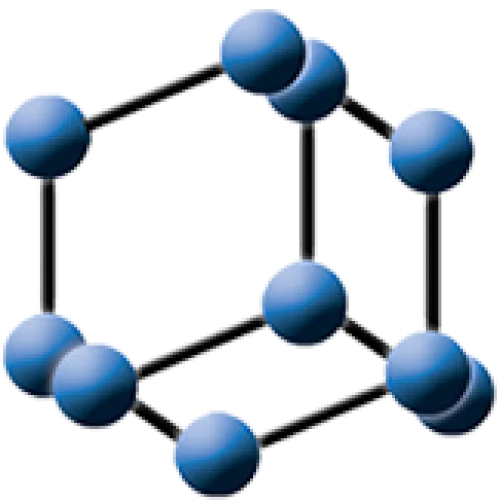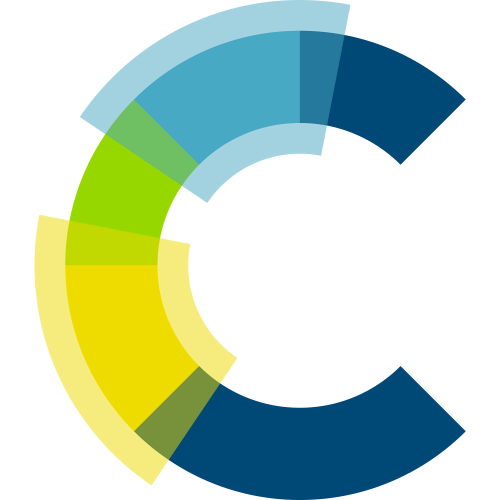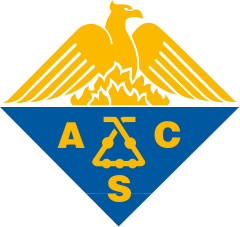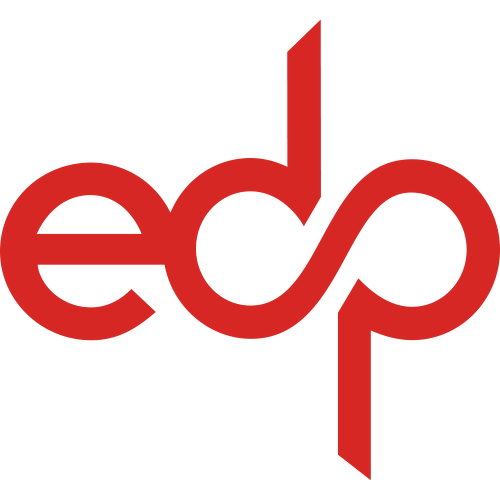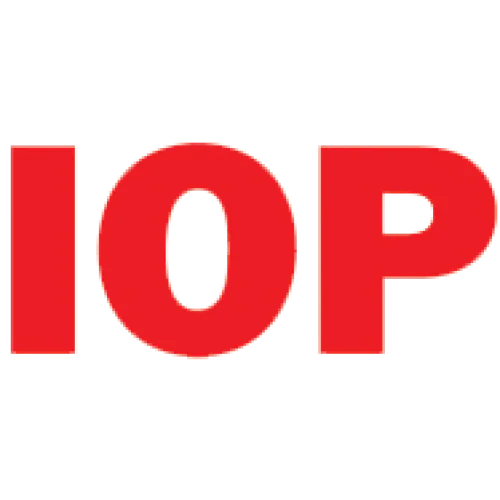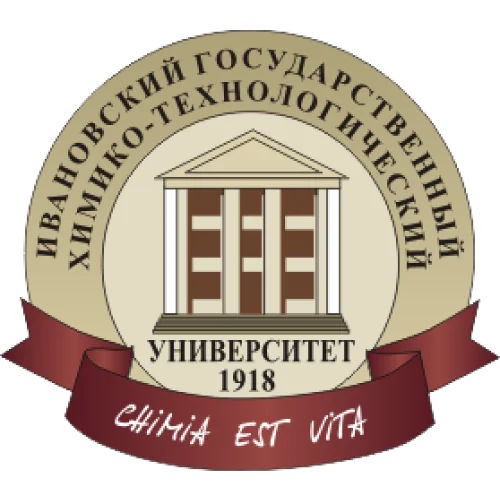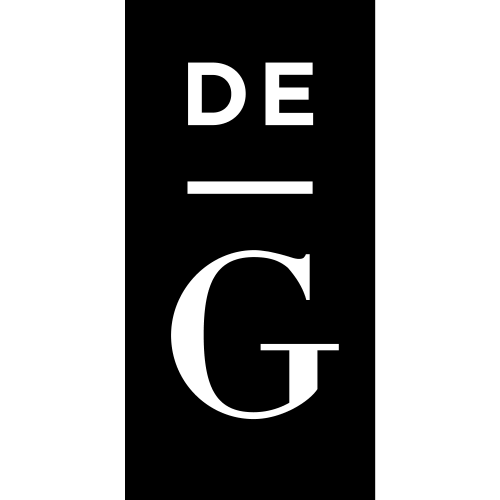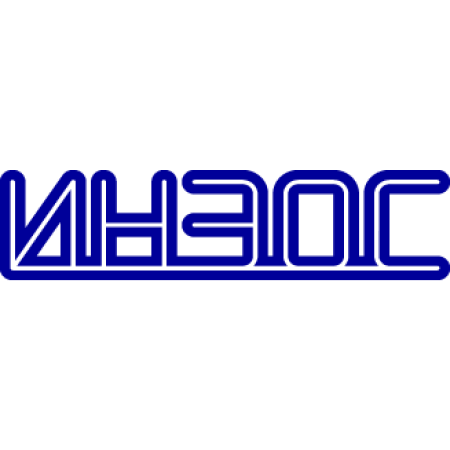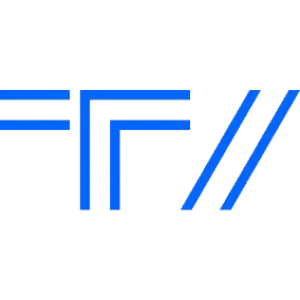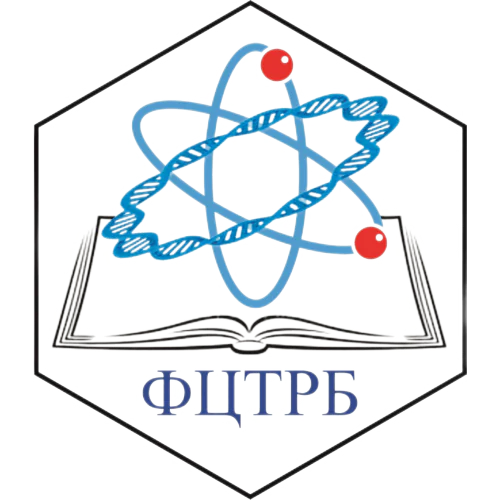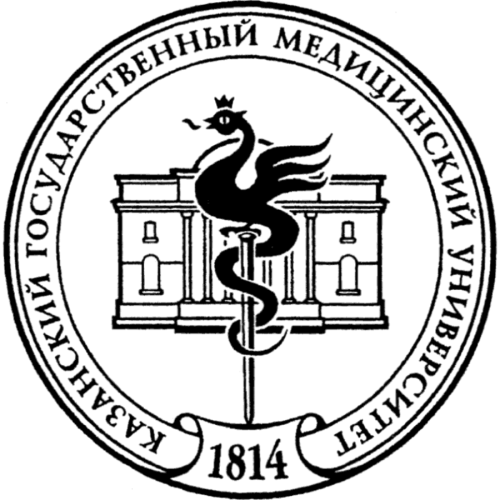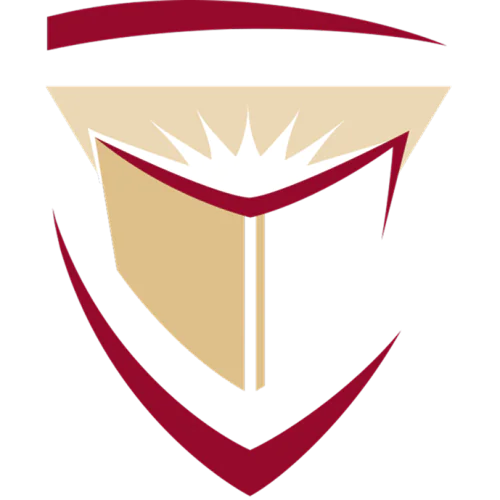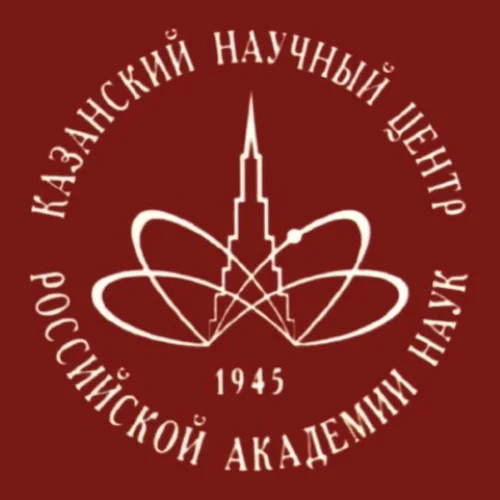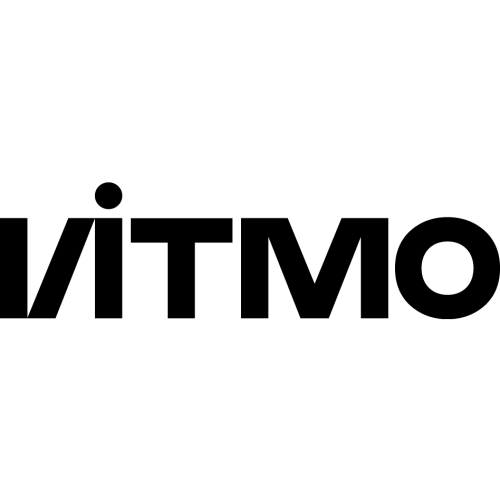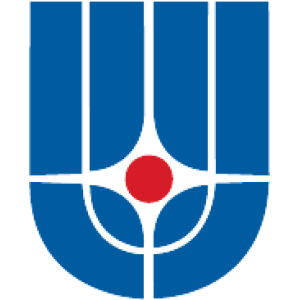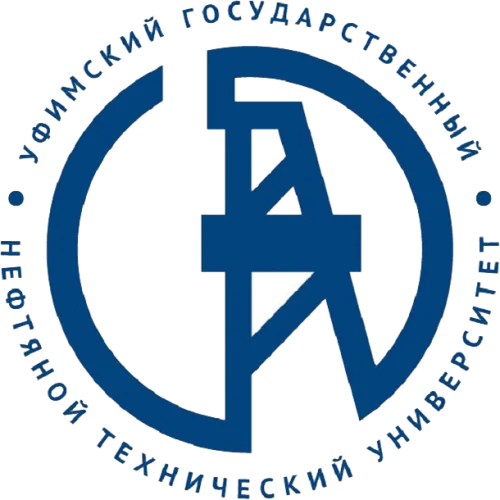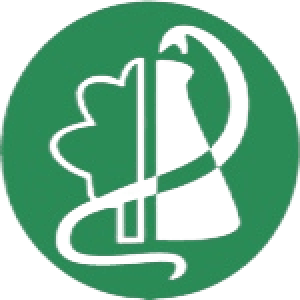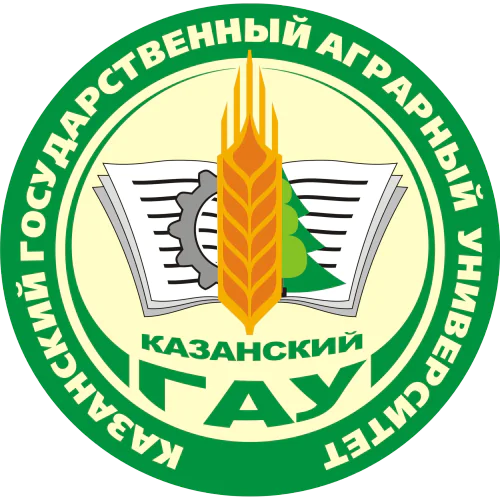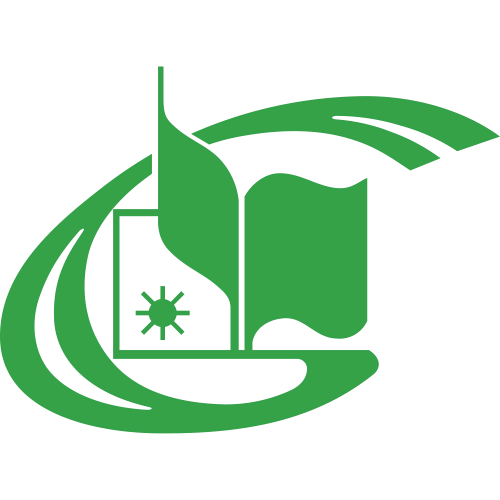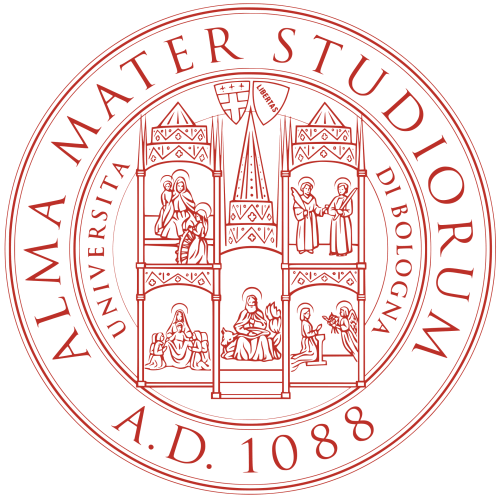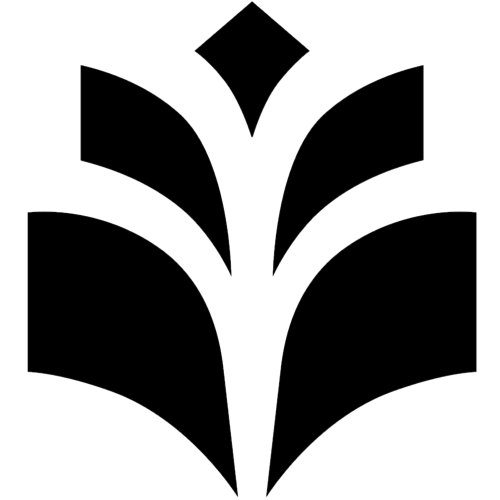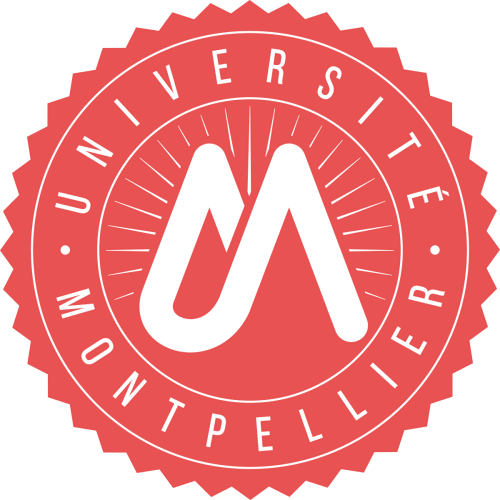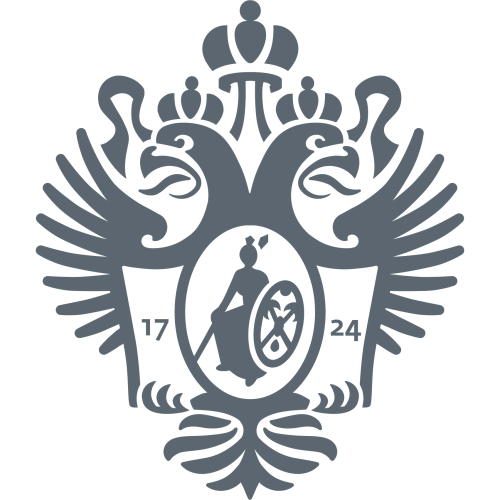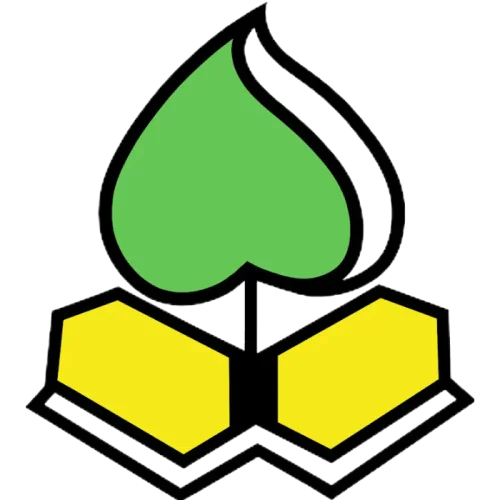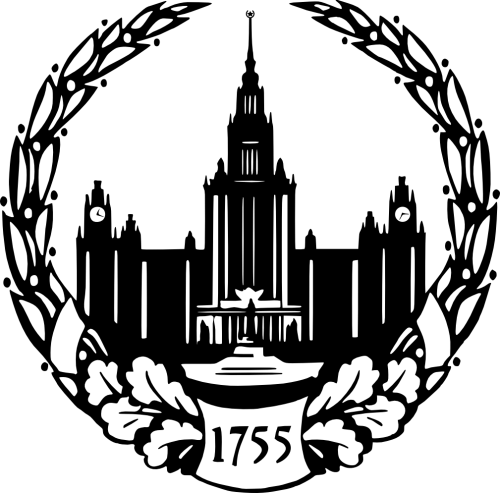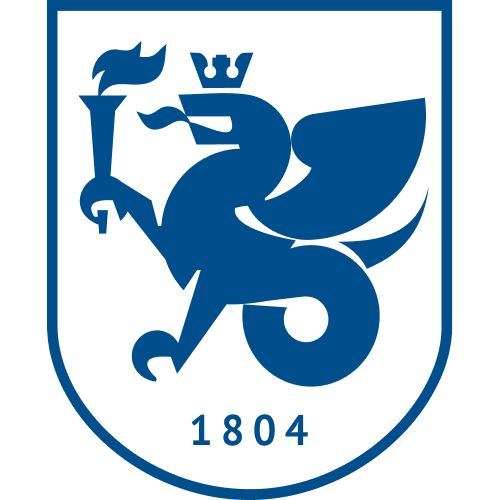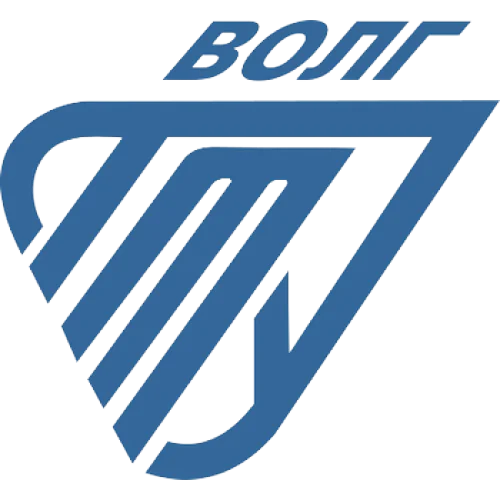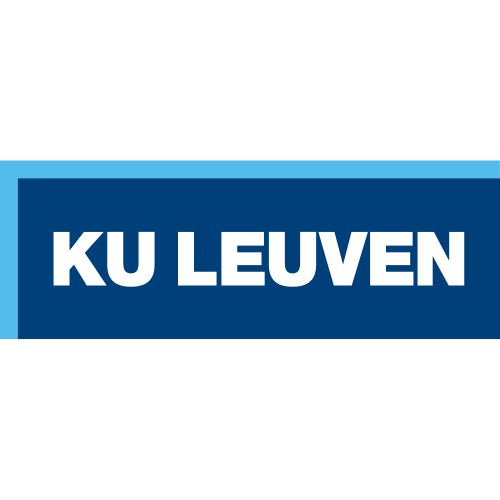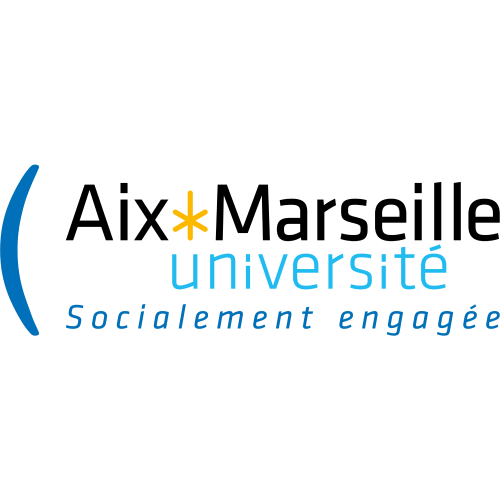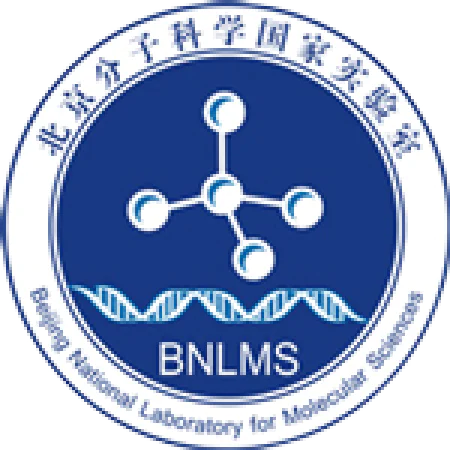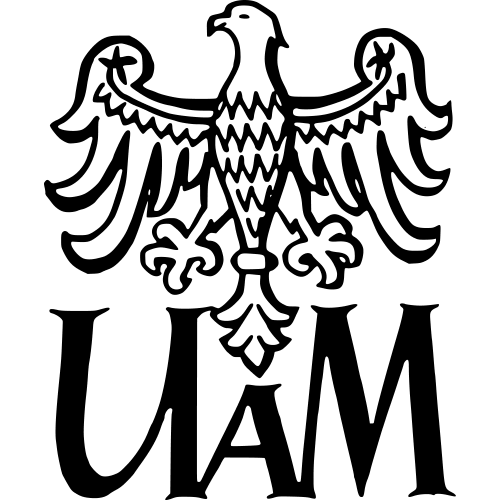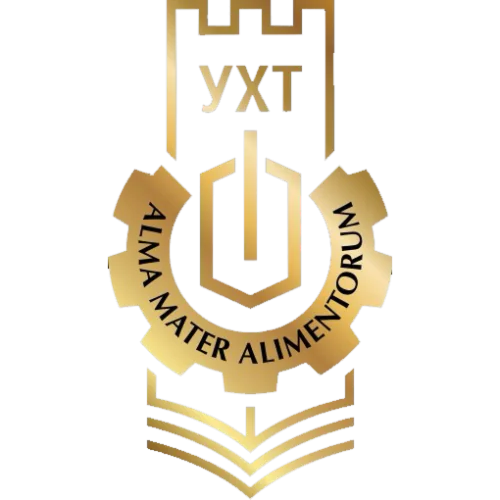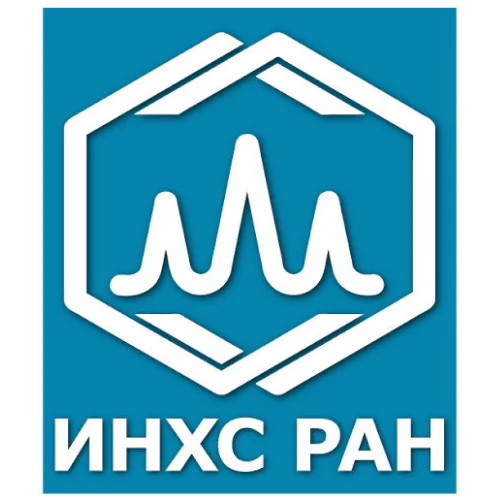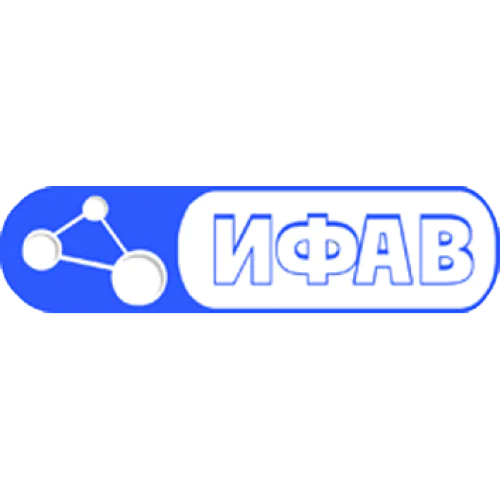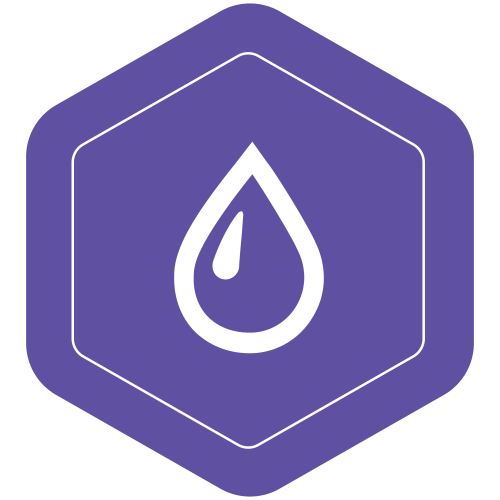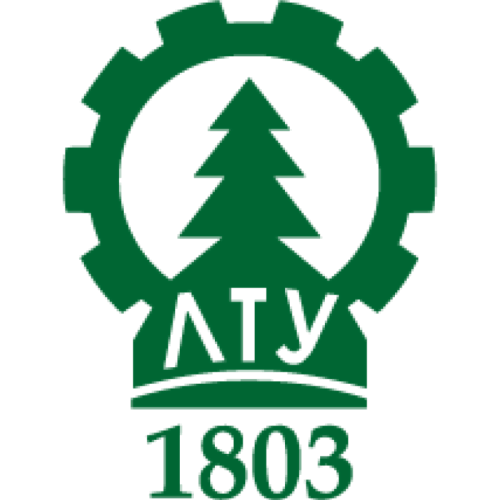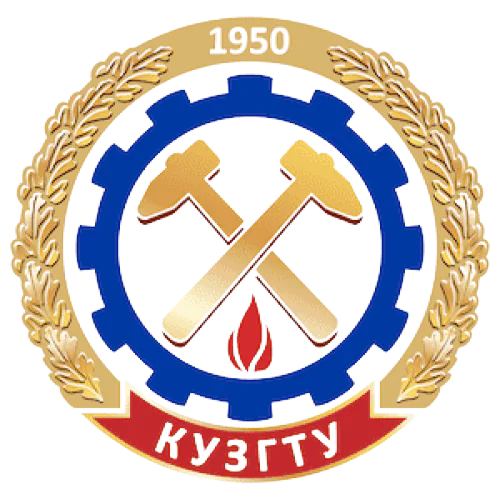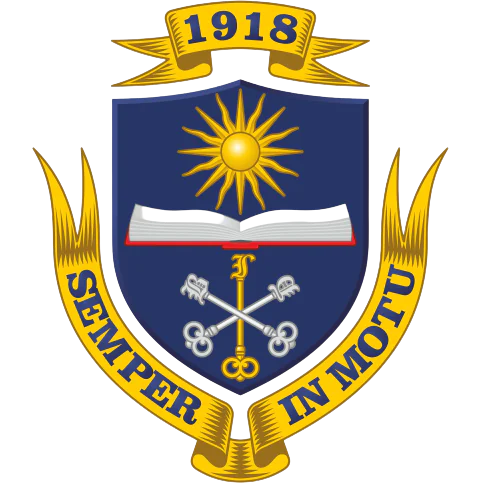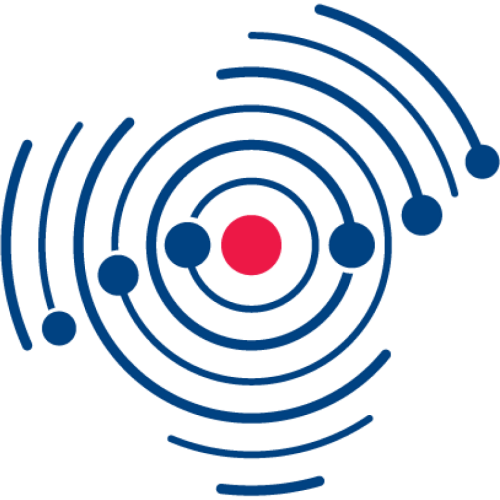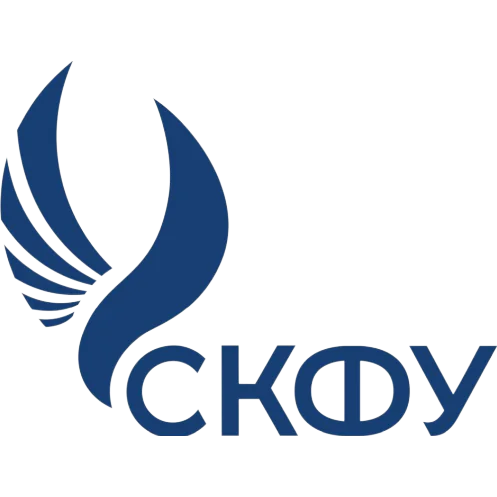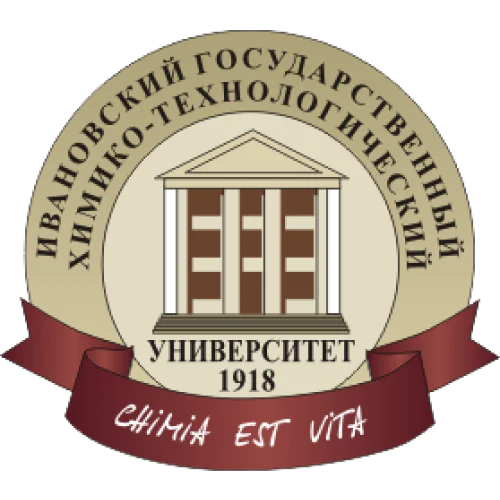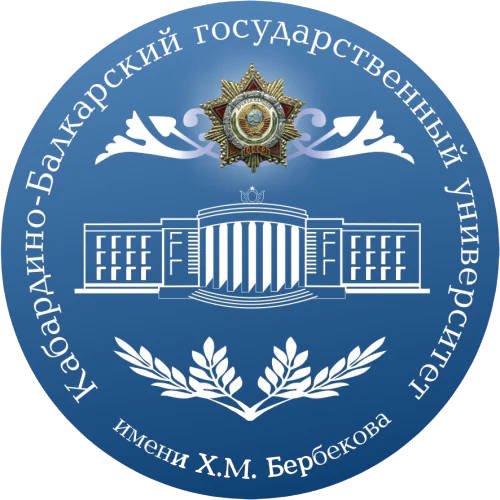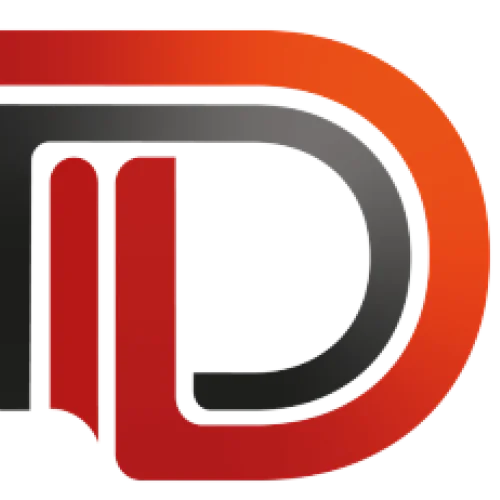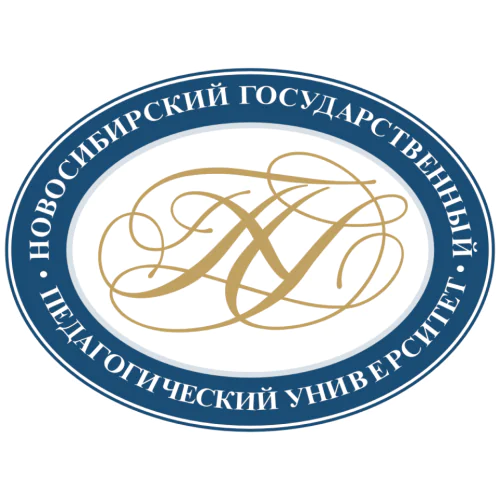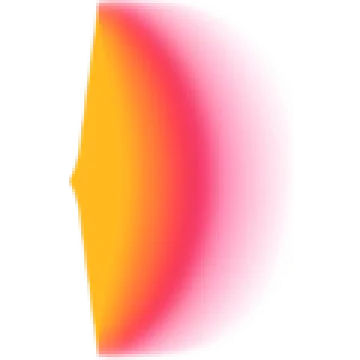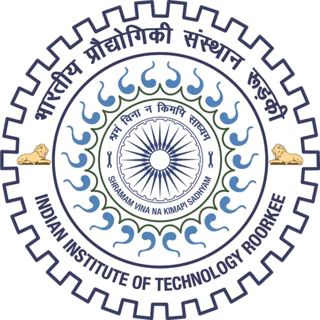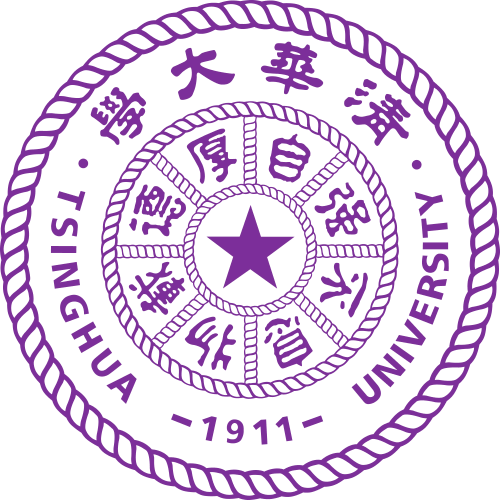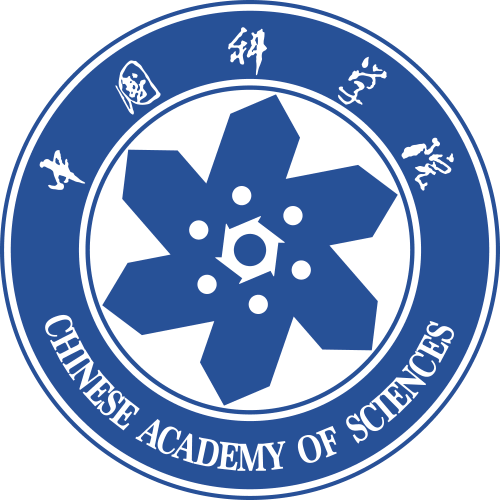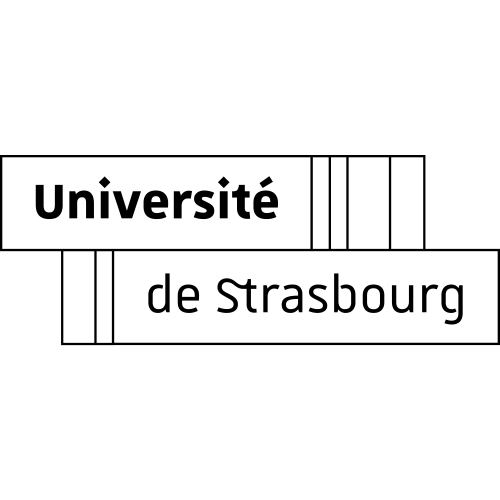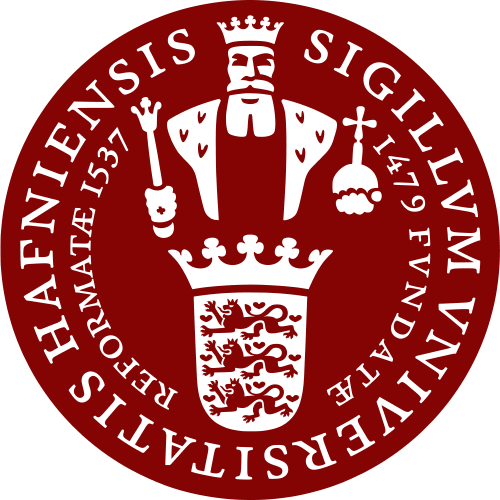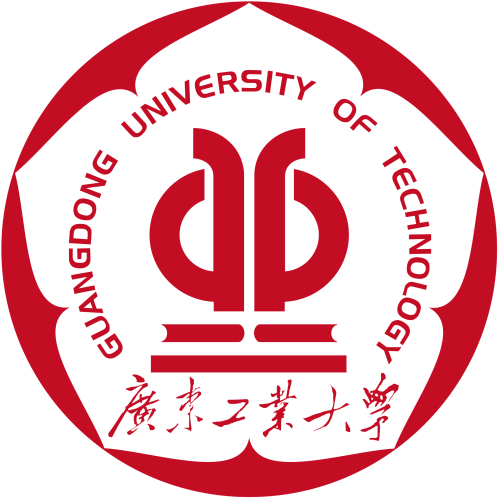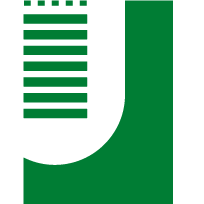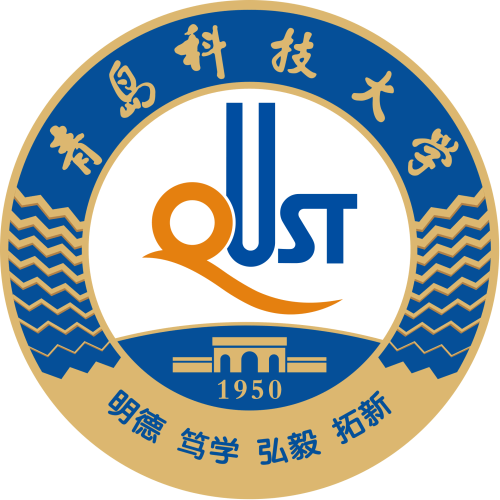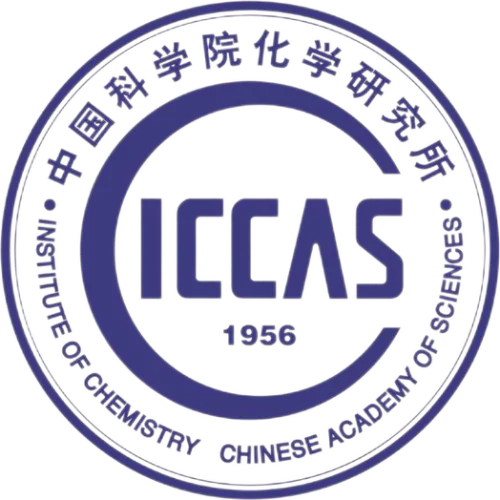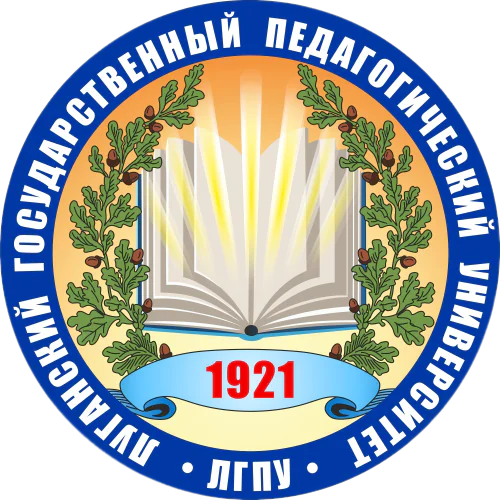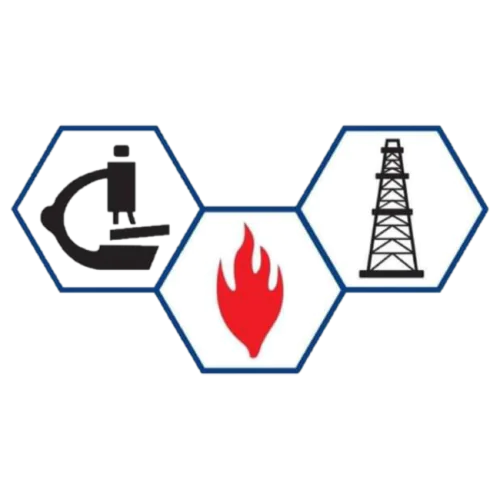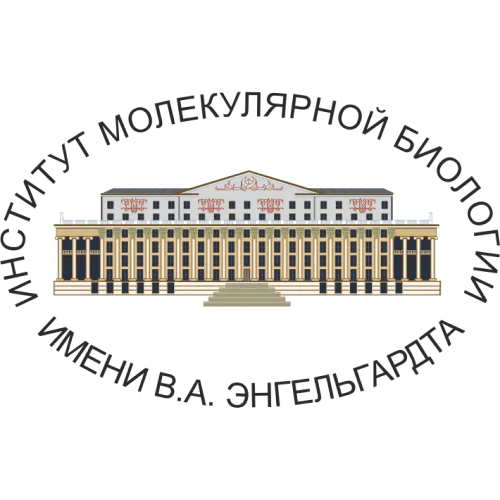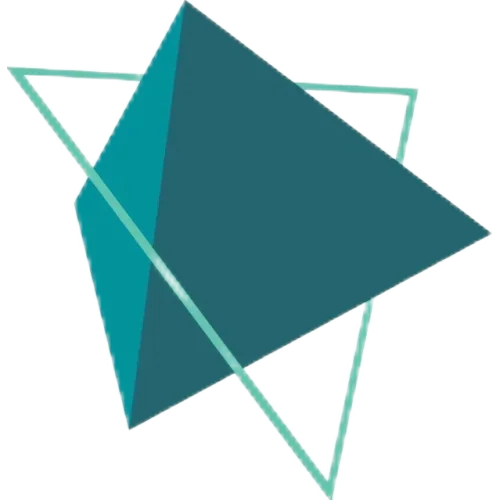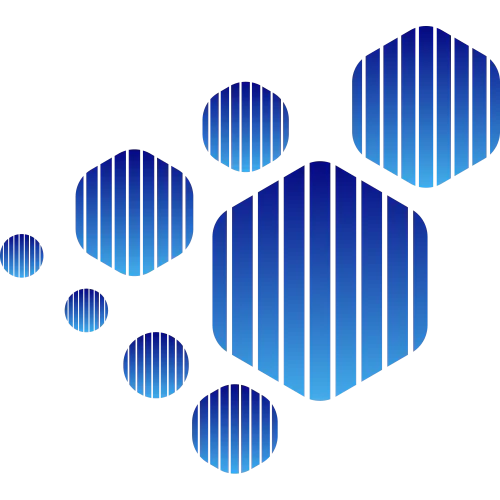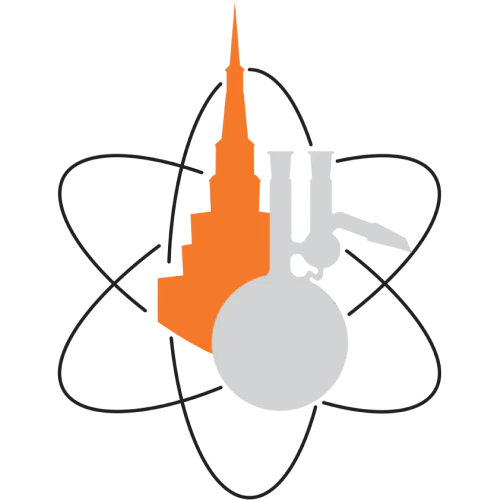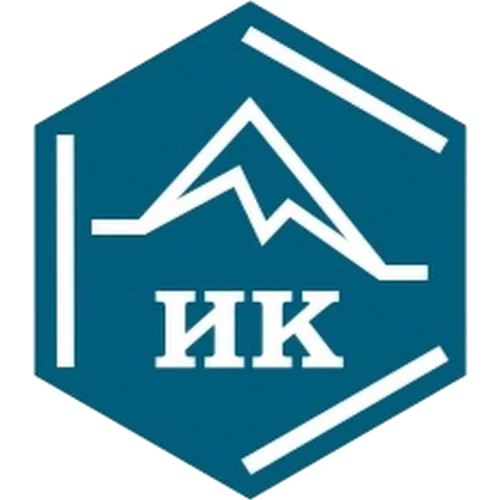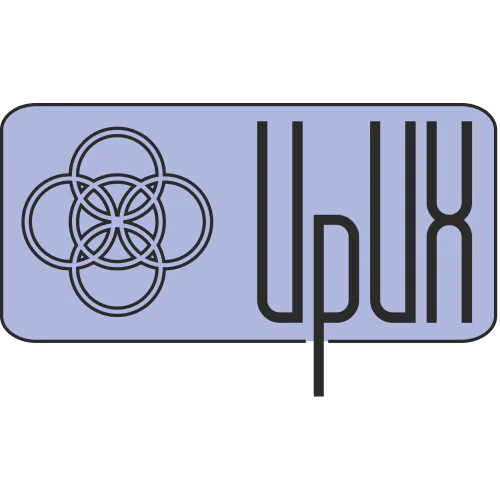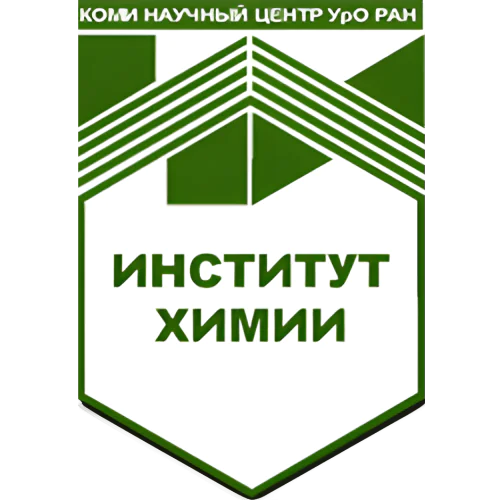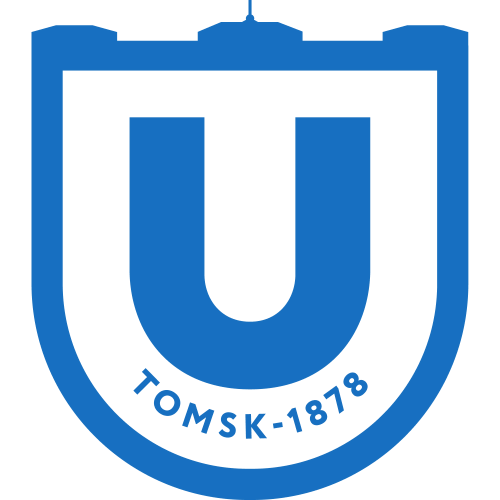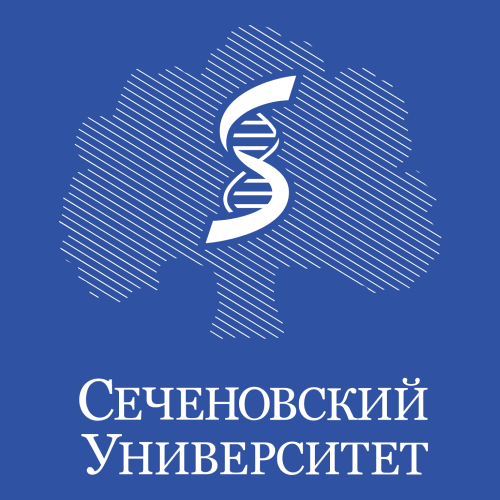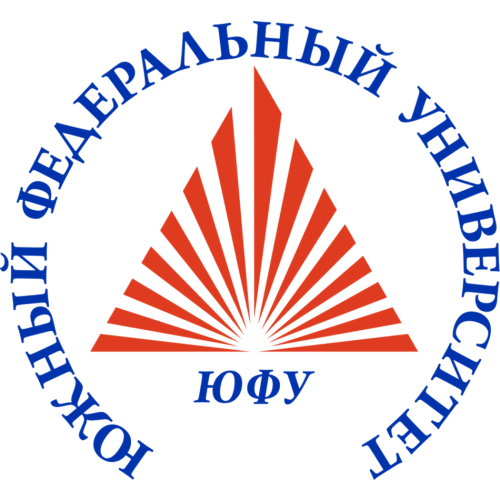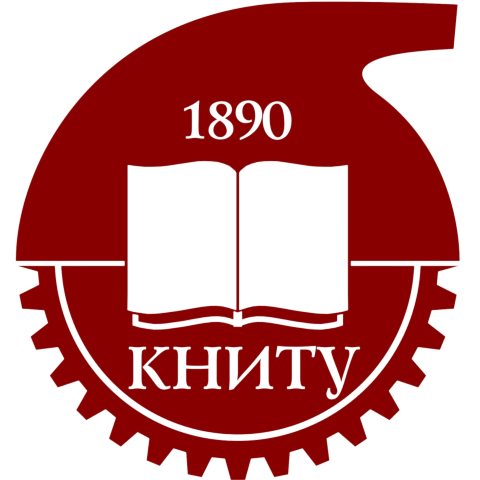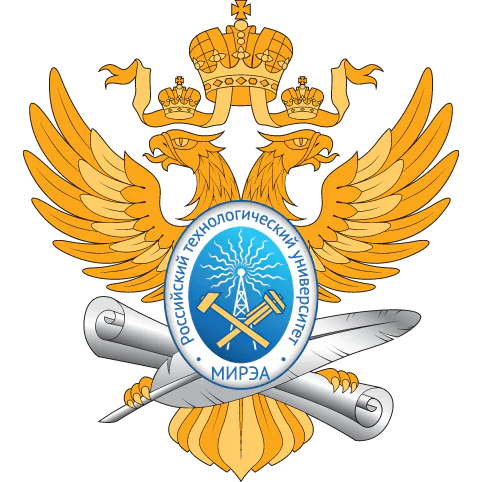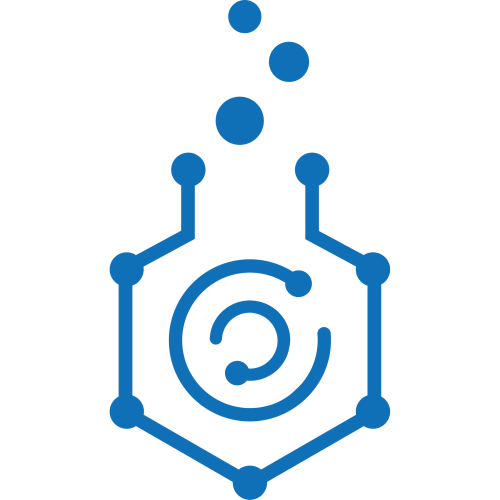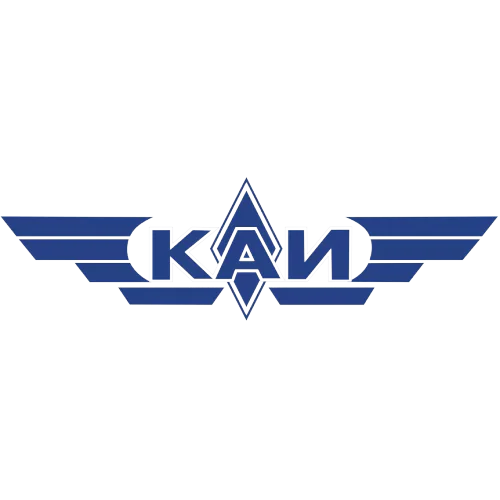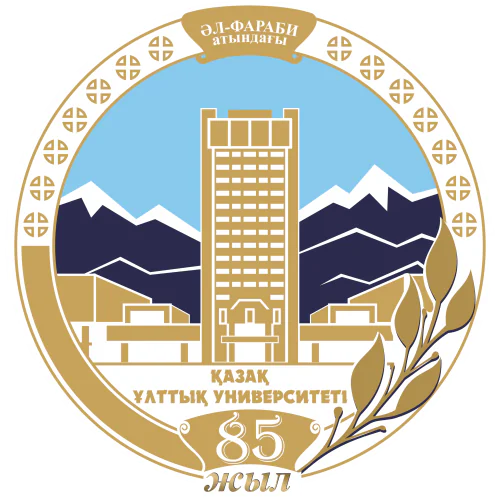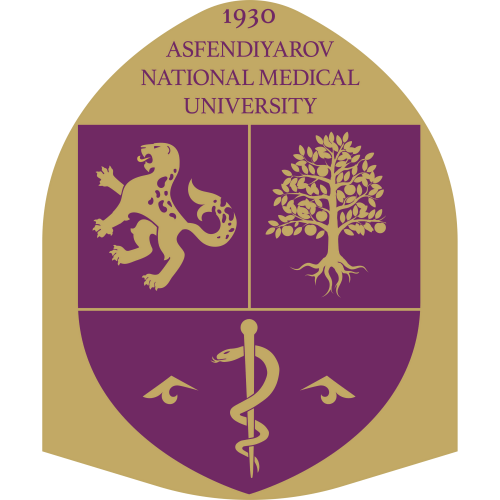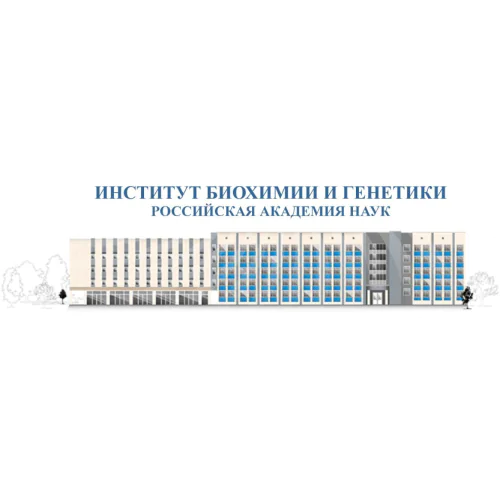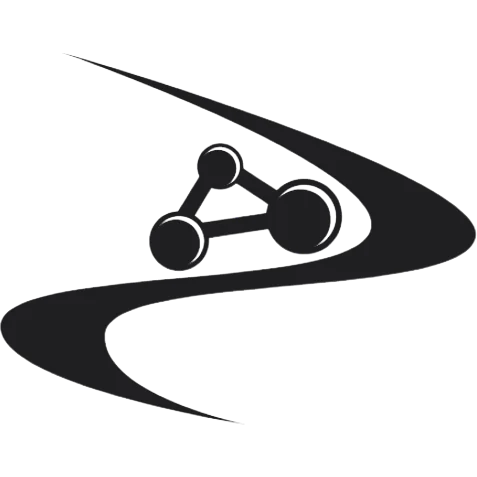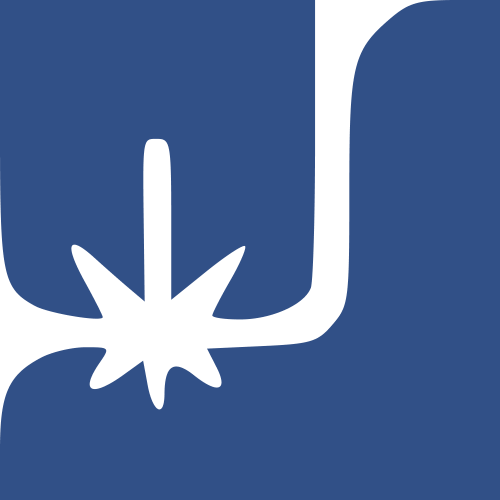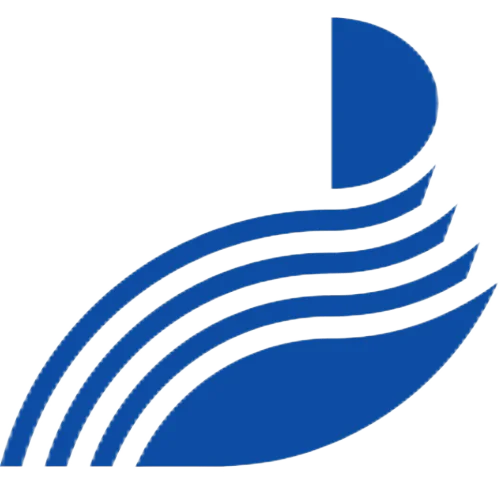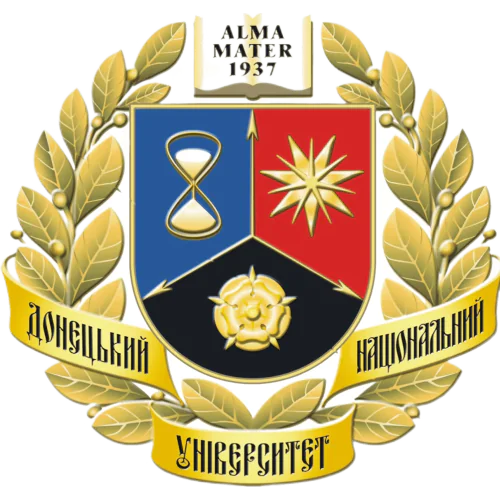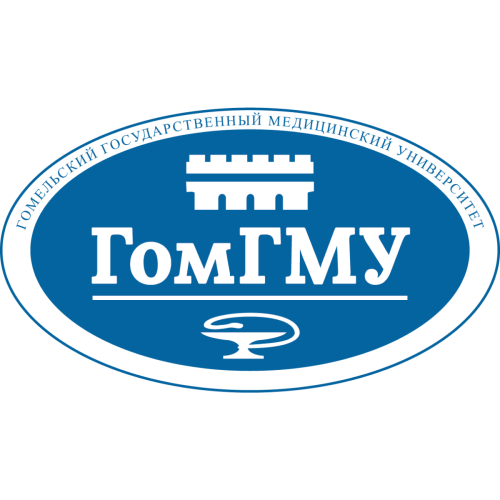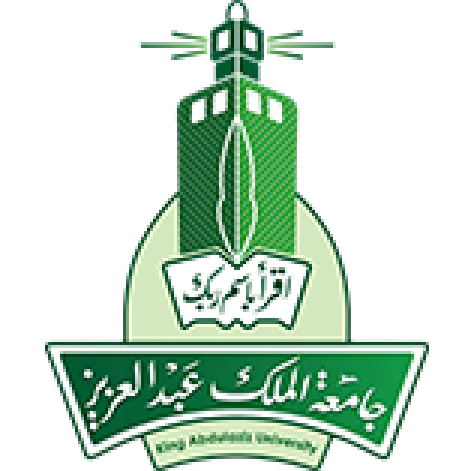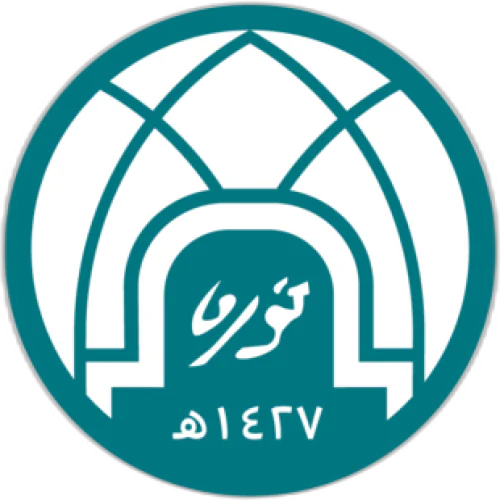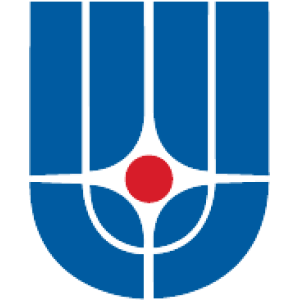Stanislav A Grabovskiy
PhD in Chemistry, associate professor
🥼
🥼
Stanislav can become your supervisor
If you would like to work under his/her guidance, please write a message or contact him/her on social media.
Authorization required.
🤝
🤝
Stanislav is looking for opportunities for scientific collaboration
If you would like to do joint research with him/her, write a message or contact him/her on social media.
Authorization required.
Publications
69
Citations
369
h-index
11
Research interests
Additional links
Education
Bashkir State University
1992 — 1996,
Master, Chemical
Found
Nothing found, try to update filter.
Found
Nothing found, try to update filter.
Found
Nothing found, try to update filter.
Total publications
69
Total citations
369
Citations per publication
5.35
Average publications per year
2.38
Average coauthors
3.86
Publications years
1997-2025 (29 years)
h-index
11
i10-index
13
m-index
0.38
o-index
16
g-index
14
w-index
1
Metrics description
h-index
A scientist has an h-index if h of his N publications are cited at least h times each, while the remaining (N - h) publications are cited no more than h times each.
i10-index
The number of the author's publications that received at least 10 links each.
m-index
The researcher's m-index is numerically equal to the ratio of his h-index to the number of years that have passed since the first publication.
o-index
The geometric mean of the h-index and the number of citations of the most cited article of the scientist.
g-index
For a given set of articles, sorted in descending order of the number of citations that these articles received, the g-index is the largest number such that the g most cited articles received (in total) at least g2 citations.
w-index
If w articles of a researcher have at least 10w citations each and other publications are less than 10(w+1) citations, then the researcher's w-index is equal to w.
Top-100
Fields of science
|
5
10
15
20
25
30
35
40
|
|
|
General Chemistry
|
General Chemistry, 40, 57.97%
General Chemistry
40 publications, 57.97%
|
|
Organic Chemistry
|
Organic Chemistry, 19, 27.54%
Organic Chemistry
19 publications, 27.54%
|
|
Physical and Theoretical Chemistry
|
Physical and Theoretical Chemistry, 11, 15.94%
Physical and Theoretical Chemistry
11 publications, 15.94%
|
|
Catalysis
|
Catalysis, 9, 13.04%
Catalysis
9 publications, 13.04%
|
|
Biochemistry
|
Biochemistry, 9, 13.04%
Biochemistry
9 publications, 13.04%
|
|
Drug Discovery
|
Drug Discovery, 5, 7.25%
Drug Discovery
5 publications, 7.25%
|
|
Computer Science Applications
|
Computer Science Applications, 5, 7.25%
Computer Science Applications
5 publications, 7.25%
|
|
Modeling and Simulation
|
Modeling and Simulation, 5, 7.25%
Modeling and Simulation
5 publications, 7.25%
|
|
Inorganic Chemistry
|
Inorganic Chemistry, 3, 4.35%
Inorganic Chemistry
3 publications, 4.35%
|
|
Pharmaceutical Science
|
Pharmaceutical Science, 2, 2.9%
Pharmaceutical Science
2 publications, 2.9%
|
|
General Chemical Engineering
|
General Chemical Engineering, 2, 2.9%
General Chemical Engineering
2 publications, 2.9%
|
|
Materials Chemistry
|
Materials Chemistry, 1, 1.45%
Materials Chemistry
1 publication, 1.45%
|
|
General Medicine
|
General Medicine, 1, 1.45%
General Medicine
1 publication, 1.45%
|
|
Pharmacology
|
Pharmacology, 1, 1.45%
Pharmacology
1 publication, 1.45%
|
|
Molecular Medicine
|
Molecular Medicine, 1, 1.45%
Molecular Medicine
1 publication, 1.45%
|
|
Complementary and alternative medicine
|
Complementary and alternative medicine, 1, 1.45%
Complementary and alternative medicine
1 publication, 1.45%
|
|
Pharmacy
|
Pharmacy, 1, 1.45%
Pharmacy
1 publication, 1.45%
|
|
Geochemistry and Petrology
|
Geochemistry and Petrology, 1, 1.45%
Geochemistry and Petrology
1 publication, 1.45%
|
|
Energy Engineering and Power Technology
|
Energy Engineering and Power Technology, 1, 1.45%
Energy Engineering and Power Technology
1 publication, 1.45%
|
|
Fuel Technology
|
Fuel Technology, 1, 1.45%
Fuel Technology
1 publication, 1.45%
|
|
Pulmonary and Respiratory Medicine
|
Pulmonary and Respiratory Medicine, 1, 1.45%
Pulmonary and Respiratory Medicine
1 publication, 1.45%
|
|
Pediatrics, Perinatology, and Child Health
|
Pediatrics, Perinatology, and Child Health, 1, 1.45%
Pediatrics, Perinatology, and Child Health
1 publication, 1.45%
|
|
Toxicology
|
Toxicology, 1, 1.45%
Toxicology
1 publication, 1.45%
|
|
5
10
15
20
25
30
35
40
|
Journals
|
2
4
6
8
10
12
14
16
|
|
|
Russian Chemical Bulletin
16 publications, 23.19%
|
|
|
Russian Journal of General Chemistry
15 publications, 21.74%
|
|
|
Kinetics and Catalysis
5 publications, 7.25%
|
|
|
Current Organic Chemistry
4 publications, 5.8%
|
|
|
Letters in Organic Chemistry
3 publications, 4.35%
|
|
|
Organic and Biomolecular Chemistry
2 publications, 2.9%
|
|
|
Mendeleev Communications
2 publications, 2.9%
|
|
|
High Energy Chemistry
2 publications, 2.9%
|
|
|
Reaction Kinetics and Catalysis Letters
2 publications, 2.9%
|
|
|
Helvetica Chimica Acta
1 publication, 1.45%
|
|
|
Organometallics
1 publication, 1.45%
|
|
|
Organic Letters
1 publication, 1.45%
|
|
|
Tetrahedron
1 publication, 1.45%
|
|
|
Russian Journal of Organic Chemistry
1 publication, 1.45%
|
|
|
Chemical Research in Toxicology
1 publication, 1.45%
|
|
|
Tetrahedron Letters
1 publication, 1.45%
|
|
|
Journal of Pharmacy and Pharmacognosy Research
1 publication, 1.45%
|
|
|
Letters in Drug Design and Discovery
1 publication, 1.45%
|
|
|
Journal of Organic Chemistry
1 publication, 1.45%
|
|
|
Russian Journal of Applied Chemistry
1 publication, 1.45%
|
|
|
Synlett
1 publication, 1.45%
|
|
|
Synthesis
1 publication, 1.45%
|
|
|
E3S Web of Conferences
1 publication, 1.45%
|
|
|
Journal of Structural Chemistry
1 publication, 1.45%
|
|
|
Journal of Physical Organic Chemistry
1 publication, 1.45%
|
|
|
Petroleum Chemistry
1 publication, 1.45%
|
|
|
Current Organic Synthesis
1 publication, 1.45%
|
|
|
2
4
6
8
10
12
14
16
|
Citing journals
Publishers
|
5
10
15
20
25
30
|
|
|
Pleiades Publishing
26 publications, 37.68%
|
|
|
Springer Nature
18 publications, 26.09%
|
|
|
Bentham Science Publishers Ltd.
9 publications, 13.04%
|
|
|
American Chemical Society (ACS)
4 publications, 5.8%
|
|
|
Wiley
2 publications, 2.9%
|
|
|
Elsevier
2 publications, 2.9%
|
|
|
Royal Society of Chemistry (RSC)
2 publications, 2.9%
|
|
|
Georg Thieme Verlag KG
2 publications, 2.9%
|
|
|
OOO Zhurnal "Mendeleevskie Soobshcheniya"
2 publications, 2.9%
|
|
|
EDP Sciences
1 publication, 1.45%
|
|
|
Asociacion Academica de Ciencias Farmaceuticas de Antofagasta (ASOCIFA)
1 publication, 1.45%
|
|
|
5
10
15
20
25
30
|
Organizations from articles
|
10
20
30
40
50
60
70
|
|
|
Ufa Institute of Chemistry of the Ufa Federal Research Center of the Russian Academy of Sciences
61 publications, 88.41%
|
|
|
Organization not defined
|
Organization not defined, 6, 8.7%
Organization not defined
6 publications, 8.7%
|
|
A.N.Nesmeyanov Institute of Organoelement Compounds of the Russian Academy of Sciences
3 publications, 4.35%
|
|
|
Togliatti State University
3 publications, 4.35%
|
|
|
Federal Center for Toxicological, Radiation and Biological Safety
3 publications, 4.35%
|
|
|
N.D. Zelinsky Institute of Organic Chemistry of the Russian Academy of Sciences
2 publications, 2.9%
|
|
|
Kazan State Medical University
2 publications, 2.9%
|
|
|
Concordia University
2 publications, 2.9%
|
|
|
Institute of Petrochemistry and Catalysis of the Ufa Federal Research Center of the Russian Academy of Sciences
1 publication, 1.45%
|
|
|
Kazan Scientific Center of the Russian Academy of Sciences
1 publication, 1.45%
|
|
|
ITMO University
1 publication, 1.45%
|
|
|
National Research Centre "Kurchatov Institute"
1 publication, 1.45%
|
|
|
Ufa State Petroleum Technological University
1 publication, 1.45%
|
|
|
Ufa Federal Research Center of the Russian Academy of Sciences
1 publication, 1.45%
|
|
|
Research Institute of Hygiene, Occupational Pathology and Human Ecology of the Federal Medical Biological Agency of Russia
1 publication, 1.45%
|
|
|
Kazan State Agrarian University
1 publication, 1.45%
|
|
|
Siberian Federal Scientific Center for Agrobiotechnology of Russian Academy of Sciences
1 publication, 1.45%
|
|
|
Ufa University of Science and Technology
1 publication, 1.45%
|
|
|
University of Bologna
1 publication, 1.45%
|
|
|
University of Eastern Finland
1 publication, 1.45%
|
|
|
McGill University
1 publication, 1.45%
|
|
|
Université de Sherbrooke
1 publication, 1.45%
|
|
|
University of Montpellier
1 publication, 1.45%
|
|
|
N.N. Vorozhtsov Novosibirsk Institute of Organic Chemistry of the Siberian Branch of the Russian Academy of Sciences
1 publication, 1.45%
|
|
|
All-Russian Research Institute of Phytopathology
1 publication, 1.45%
|
|
|
10
20
30
40
50
60
70
|
Countries from articles
|
10
20
30
40
50
60
70
|
|
|
Russia
|
Russia, 62, 89.86%
Russia
62 publications, 89.86%
|
|
Country not defined
|
Country not defined, 6, 8.7%
Country not defined
6 publications, 8.7%
|
|
Italy
|
Italy, 5, 7.25%
Italy
5 publications, 7.25%
|
|
Canada
|
Canada, 3, 4.35%
Canada
3 publications, 4.35%
|
|
France
|
France, 1, 1.45%
France
1 publication, 1.45%
|
|
Finland
|
Finland, 1, 1.45%
Finland
1 publication, 1.45%
|
|
10
20
30
40
50
60
70
|
Citing organizations
Citing countries
- We do not take into account publications without a DOI.
- Statistics recalculated daily.
Data by ORCID
This section displays the profiles of scientists registered on the platform. To display the full list, invite your colleagues to register.
Юрий Ильич Муринов, Наталья Нурулловна Кабальнова, Станислав Анатольевич Грабовский, Иван Сергеевич Рагинов, Ленар Рашитович Валиуллин, Владислав Иванович Егоров
RU2677327C1,
2019
Company/Organization
Position
Senior researcher
Employment type
Full time
Years
2001 —
present






